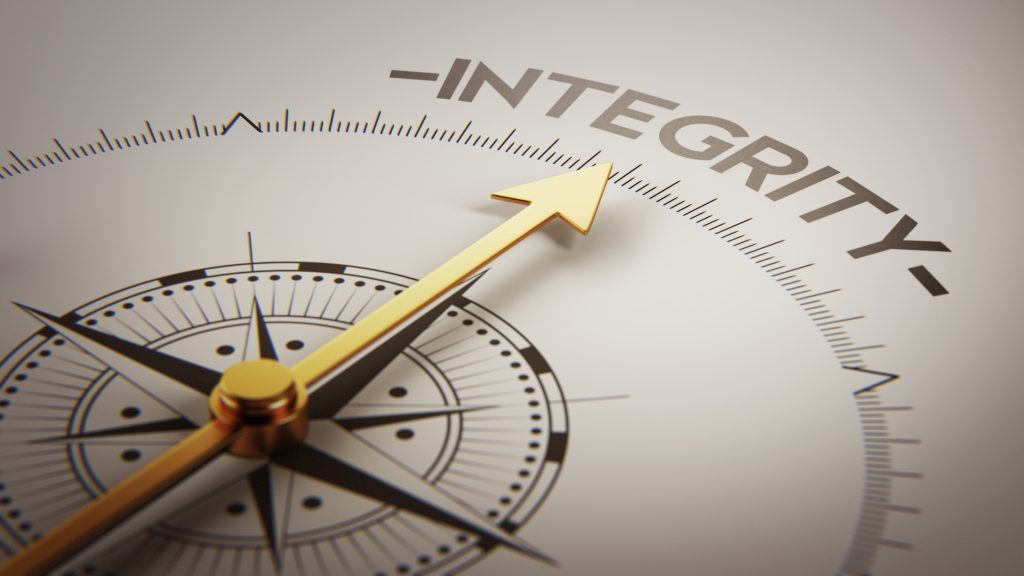What does it look like for leaders to embody the work of restorative justice, in an effort to affect change within systems? How do we ensure that “how” we show up to create change is aligned with ‘what’ we are trying to shift? Can we generate buy-in, inspire action, and transform organizational culture by modeling and ‘being the change’ that is being sought? I have been reflecting on the strides made by a current group of courageous leaders I’m working with, as I imagine what restorative leadership could look within organizations of all kinds.
Since 2021 I have been privileged to support a group of individuals committed to enacting large scale systems change work within a state-wide correctional setting. This constellation of leaders has ‘walked their talk’, illuminated and illustrated what it means to commit to and lead through a restorative lens.
Beyond the immediate practicalities of implementing RJ in a complex setting, this web of individuals has effectively built a group awareness, established internal systems and expectations, adapted a culture of learning and reflection, and committed to modeling the work, within a system that is historically steeped in power, hierarchy, and punishment.
In an effort to illustrate what restorative justice can look like as a practice of creating systemic change, I have provided a sampling of some of the actions that this group has taken to create change from the inside out. Their work has encompassed:
- Building a Group Awareness
- co-creating group agreements to ensure there is a shared understanding and container in which to show up, build trust, create safety, and be in ‘right relationship’ together; and
- establishing a consensus decision making protocol to ensure that everyone’s voice and perspective is heard, honored, and valued.
- Establishing Internal Systems and Expectations
- diversifying and creating inclusive and intentional leadership structures that encompass a balance of role representation, diversity of lived experience, and decision-making power; and
- establishing mechanisms to ensure that equity is centered in their work such as creating an equity workgroup, reflecting regularly on an established equity guide, requesting and following through on receiving equity training, and engaging in monthly reading/discussions around race and restorative justice.
- Committing to modeling the work
- centering relationships and beginning each meeting with a circle check-in to acknowledge and give space for the shared humanity that intersects with and informs their professional lives;
- modeling individual and collective accountability when harm occurs, separating out intention from impact, and pausing (when needed) to do reparative work; and
- slowing decisions and processes down to prioritize inclusivity and diversity; create space for people to share their feelings and concerns, and allow opportunity for feedback and input.
- Prioritizing learning and self-reflection
- setting aside time to self-reflect, learn, and grow together through engaging in a six-day Restorative Leadership training to develop an awareness on the role and responsibility of leading through a restorative lens; and,
- unpacking topics of punishment, shame, trauma, and power in order to make collective and informed decisions that are not replicating cycles of harm.
This road has not been easy. It has been messy, non-linear and unclear at times. There have been plenty of mis-steps, course-corrects, and re-directs along the way. And, the path forward continues to be laden with a lot of unknowns.
However, what IS clear is that the principles and values of restorative justice – applied within a large scale systems change process – continue to provide the compass points needed to align with and orient towards a holistic, integrated, and regenerative change process. I have no doubt that the outcome of their collective work will be powerful and impactful. However, what is most inspiring and hopeful to me is that their work as change agents is infused with the ethos, heart, and spirit of what restorative justice calls us to do and who it calls us to be.
